Keoladeo National Park - India
Unesco's Scientific, Educational and Cultural Organization has recognized Keoladeo National Park of India as a World Natural Heritage in 1985.
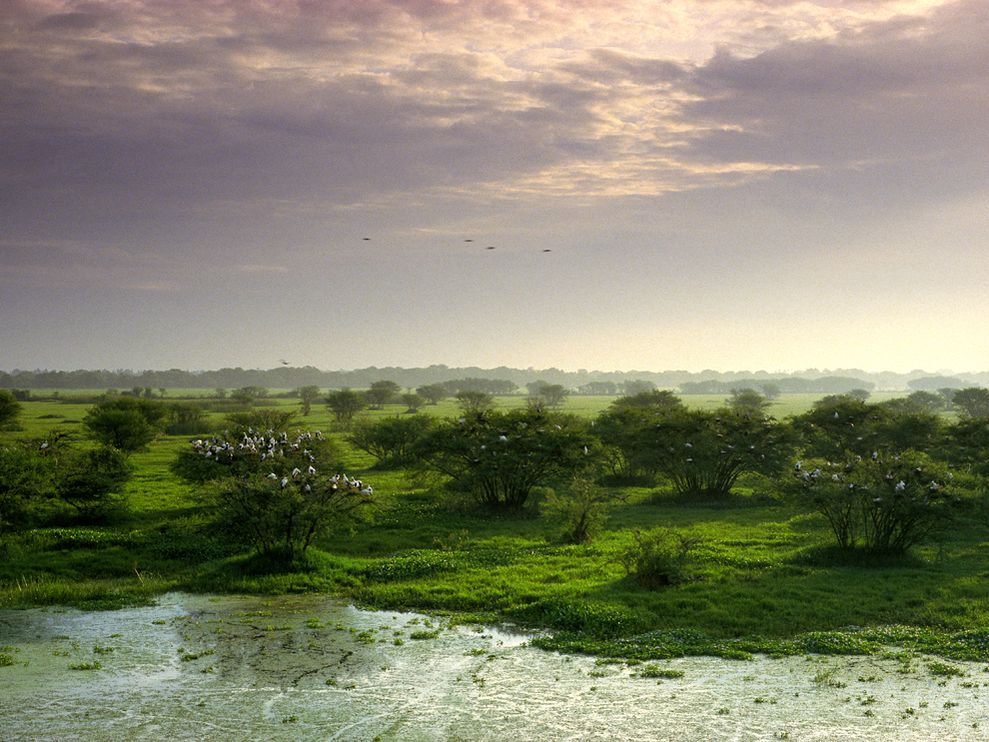
Keoladeo National Park is located in Rajasthan state, about 50km west of Arga. The park is an area of endemic mangroves. The total area of Keoladeo garden is 2,873 ha. It is home to 375 bird species. The garden is actually a large green oasis , surrounded by salt water. On the island there are forests with meadows and salt marshes. Therefore Keoladeo National Park is considered " Paradise of saltwater birds " such as mallards, pelicans, hoes, storks, and cauldrons. Especially here is a very rare breed of bird that is the Siberian crane . Despite being a paradise for birds, Keoladeo National Park is a dry tropical forest, shrubs and meadows, and Keoladeo is also home to many langurs such as langurs, brown monkeys, leopard, wild cat, striped hyena, civet .
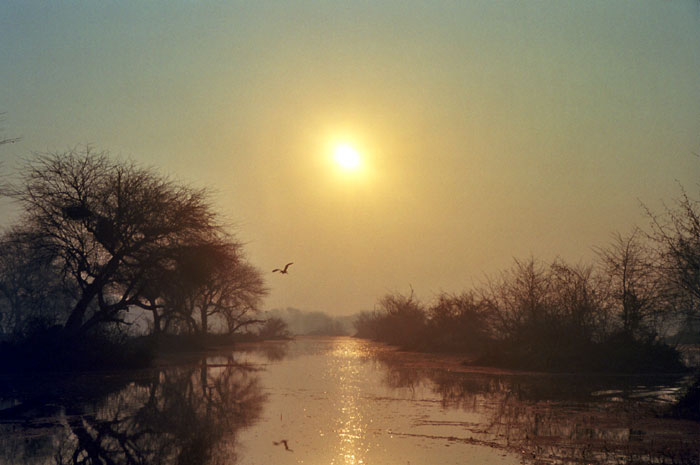
Previously around the 19th century, Keoladeo National Park was a hunting ground. The Indian government then decided to prohibit hunting and established Keoladeo National Park in 1982. Three years after its founding, in 1985 Keoladeo Garden was recognized as a World Heritage Site by Unesco. After the establishment of the national park, the government has built ditches that carry water from Lake Gambira and Banganga River to provide habitats for birds. Next, a 2-meter-high wall was erected to protect these animals from pollution from the surrounding neighborhoods, while avoiding the eyes of poachers.
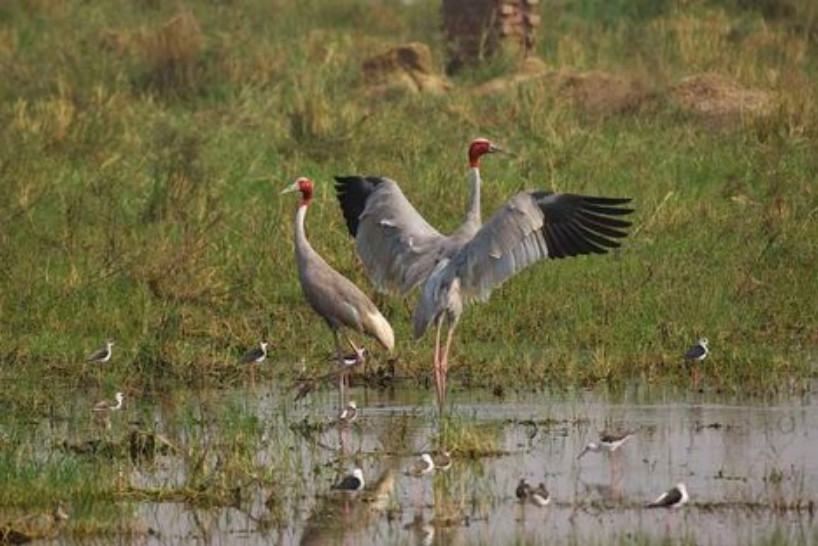
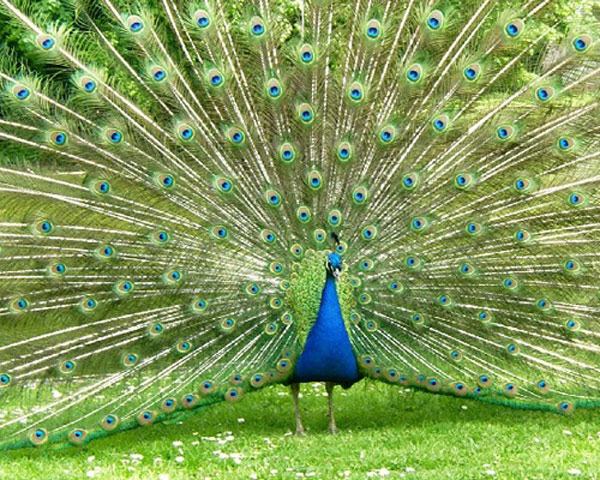
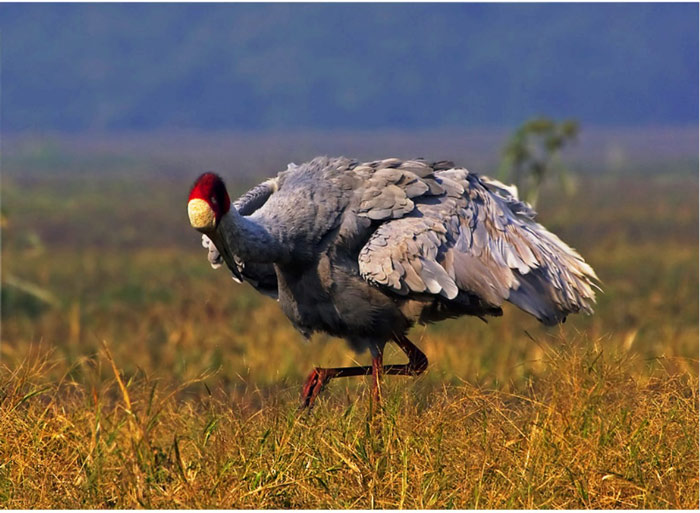
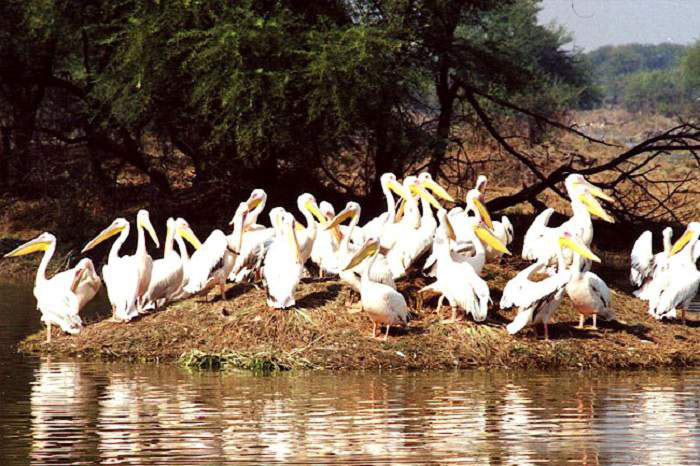

Some birds in Keoladeo National Park.
Because Keoladeo National Park is a wetland, scientists estimate that every year, millions of fish follow the floods and floods that flood the swampy swamps, which is a huge source of food. and abundance provided to carnivorous birds such as pelicans, storks, cauldron .
Keoladeo National Park is the destination of the Siberian cranes, whose cranes have traveled 3,500 miles from Western Siberia to find their residence. West Siberia was heavily devastated and the natural environment of the crane was almost gone so they found their way to grow up at Keoladeo.
Siberian cranes are at risk of extinction, and are estimated to be less than 1,700 at present. Siberian Cranes are one of the most prized items so it is hunted aggressively by the poachers from China, Iran and even India.

In Keoladeo National Park, there are nearly 400 species of birds in which the largest numbers are pointed-tailed ducks, geese, cuttlefish, cormorants, white storks. Every year, the number of these species increases to about 200 individuals. The land of Keoladeo National Park, which was formerly a desolate land, was created and renovated by an Indian prince in the 1950s. The prince planted many trees and created food sources to attract birds to live here, the main purpose is to serve hunting pleasure. But since the Indian Government has hunted, it has become a great place to stay for birds.

Keoladeo National Park is recognized by Unesco National Park (x): The national park is a wetland of international importance. It is a big house for migratory birds and a landing spot for many birds before they move to another land. Of the 375 species of birds residing here, there are 115 species breeding in the park, 42 species of raptors, 15 rare species. The natural environment here has helped Siberian cranes survive when their homeland has been severely devastated.
Although there is such a good natural environment, in recent years, due to continuous droughts, water shortages have made the life of many birds more difficult. Besides the impact of air and water pollution from neighboring cities, especially Bharatpur has made the situation more serious. Facing that situation, the Rajasthan State Government is working on building irrigation projects to provide a stable source of water for this land to preserve the landscape and habitat for birds and plants and animals. here.
- Sundarbans National Park (India)
- Shock detection: Red-eared elephants are extremely rare
- Kaziranga National Park
- Heaven of tigers
- The perfect couple hide in the tree hole
- The god-bearing tiger writhes and vomits 6 large eggs
- Yor-Don National Park calls for help
- Te Wahipounamu, southwestern New Zealand national parks
- Þingvellir National Park (Thingvellir)
- Indian conservation park lost many precious tiger
- Rhino in Cat Tien National Park is under threat
- Detecting toad, mint banana in Xuan Son National Park
 Suzhou classic bonsai garden - China
Suzhou classic bonsai garden - China Chau Nguyen Dynasty
Chau Nguyen Dynasty Thai Son Mountain - World Wonder
Thai Son Mountain - World Wonder Ancient villages of Shirakawa-go and Gokayama
Ancient villages of Shirakawa-go and Gokayama